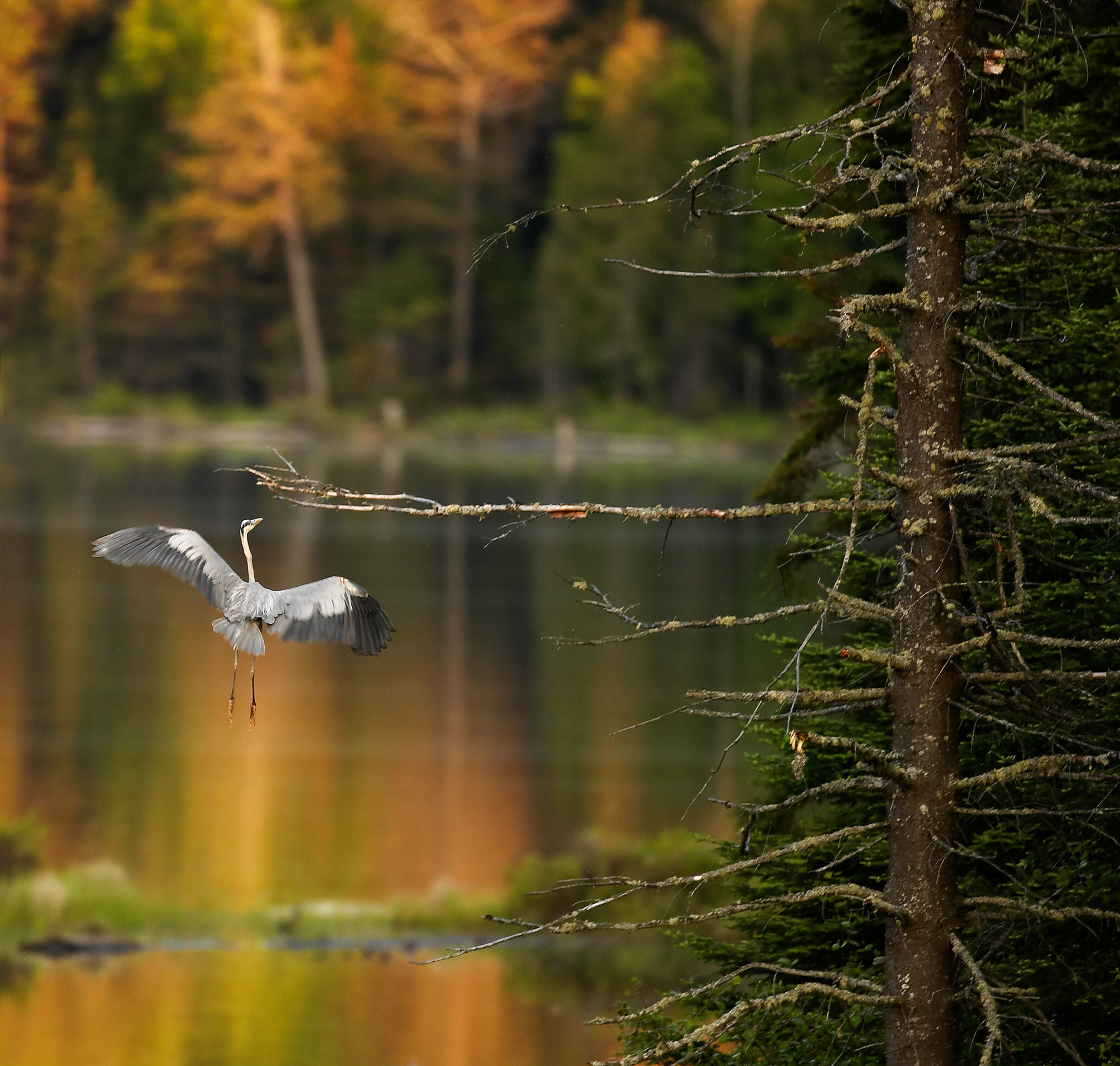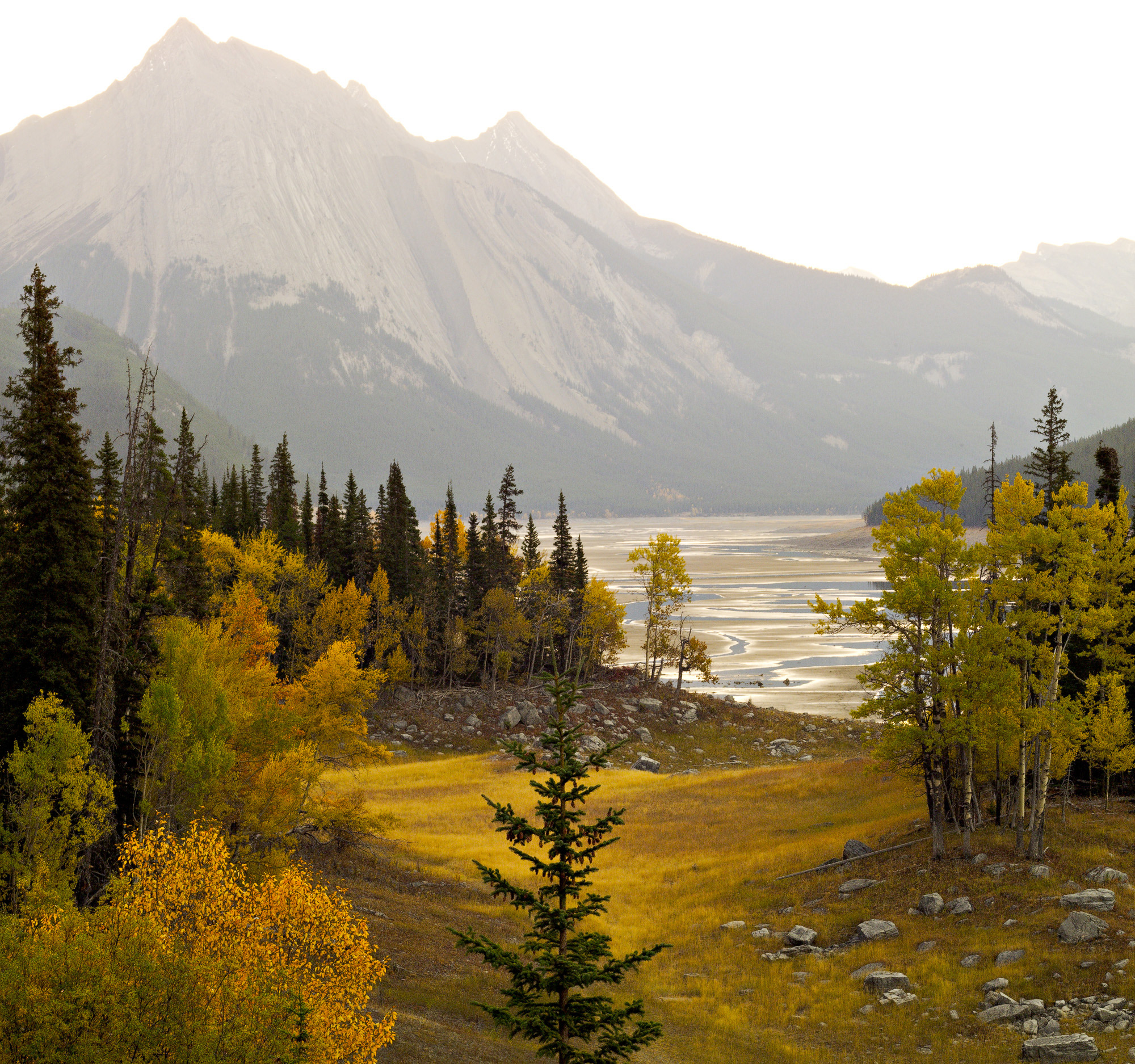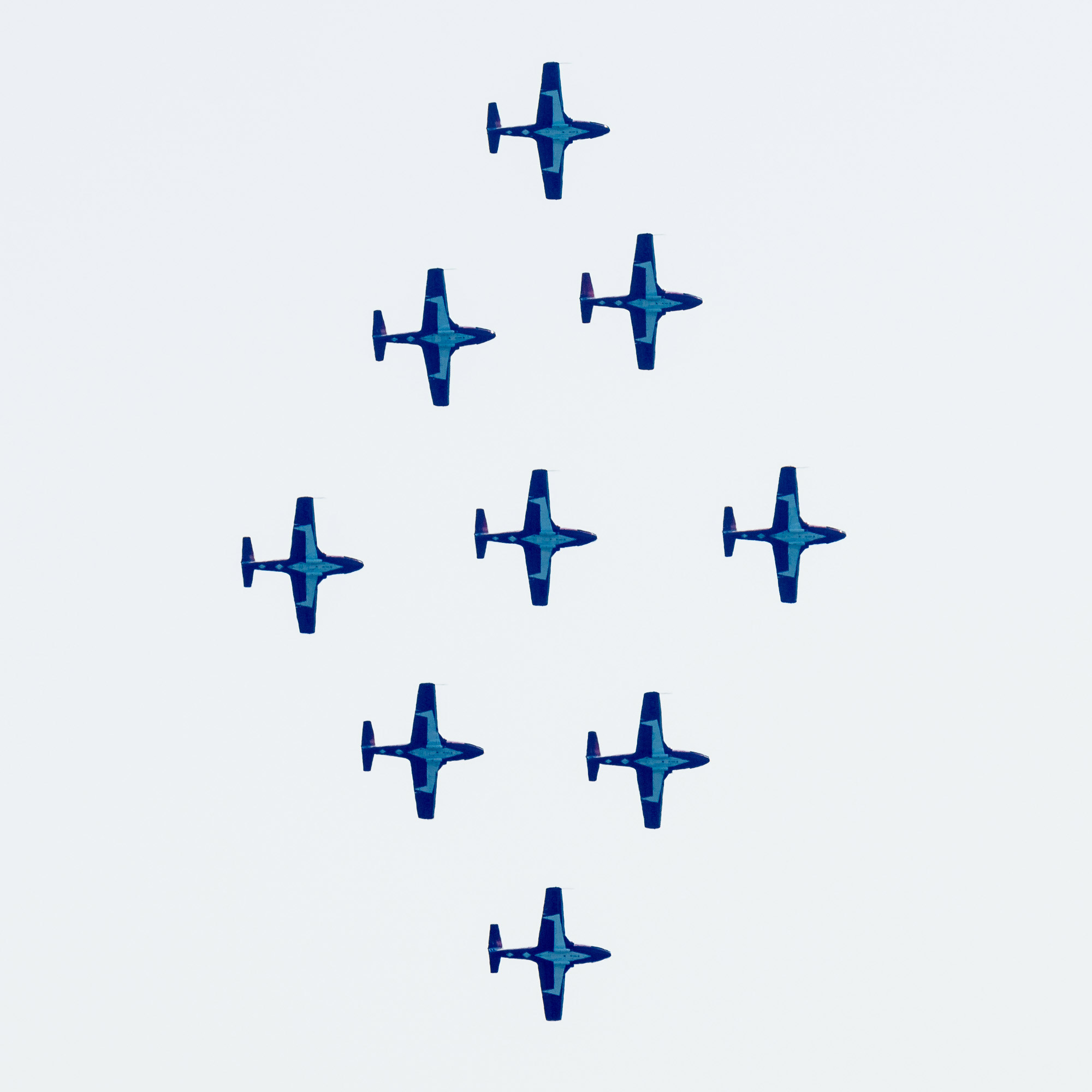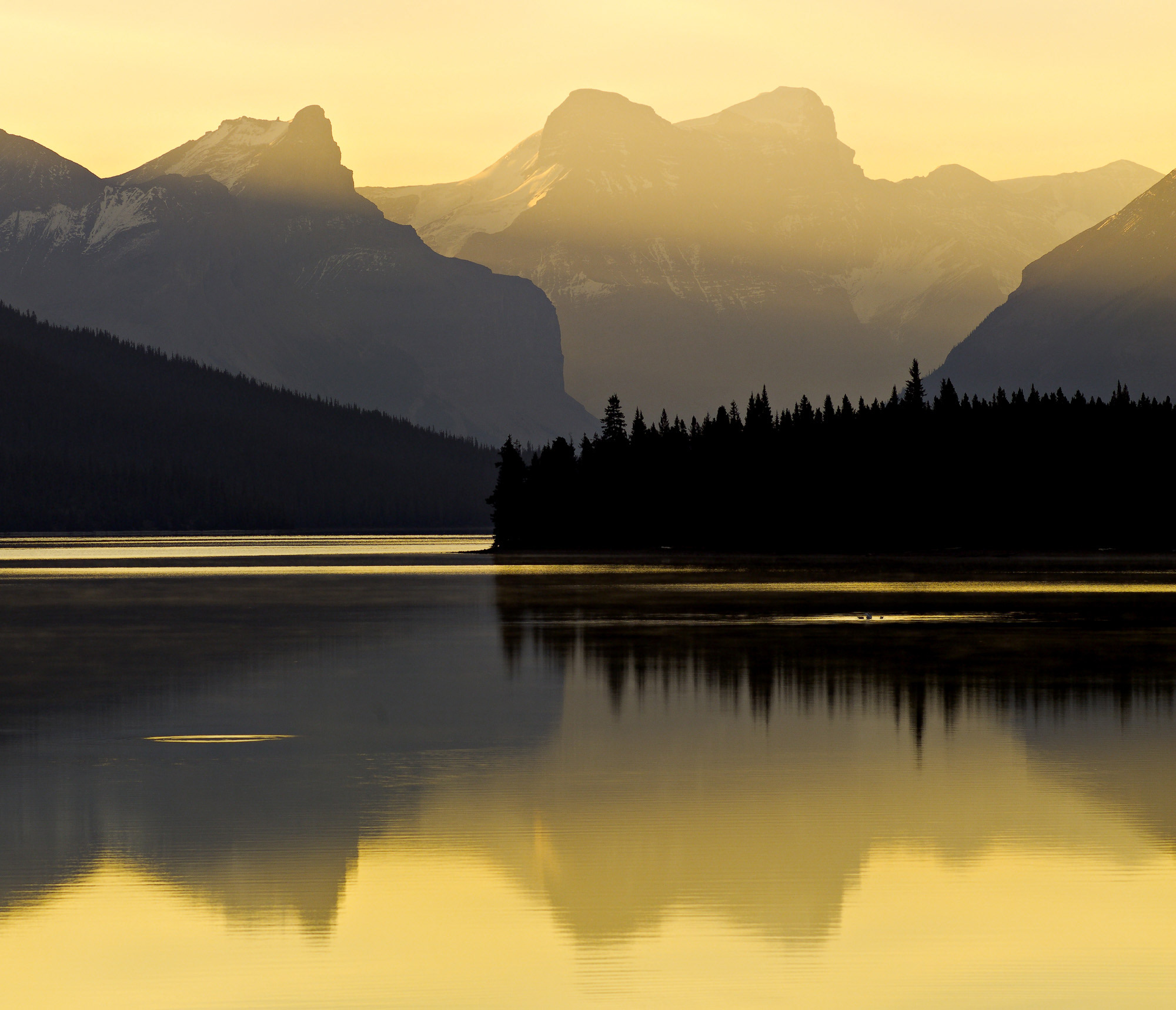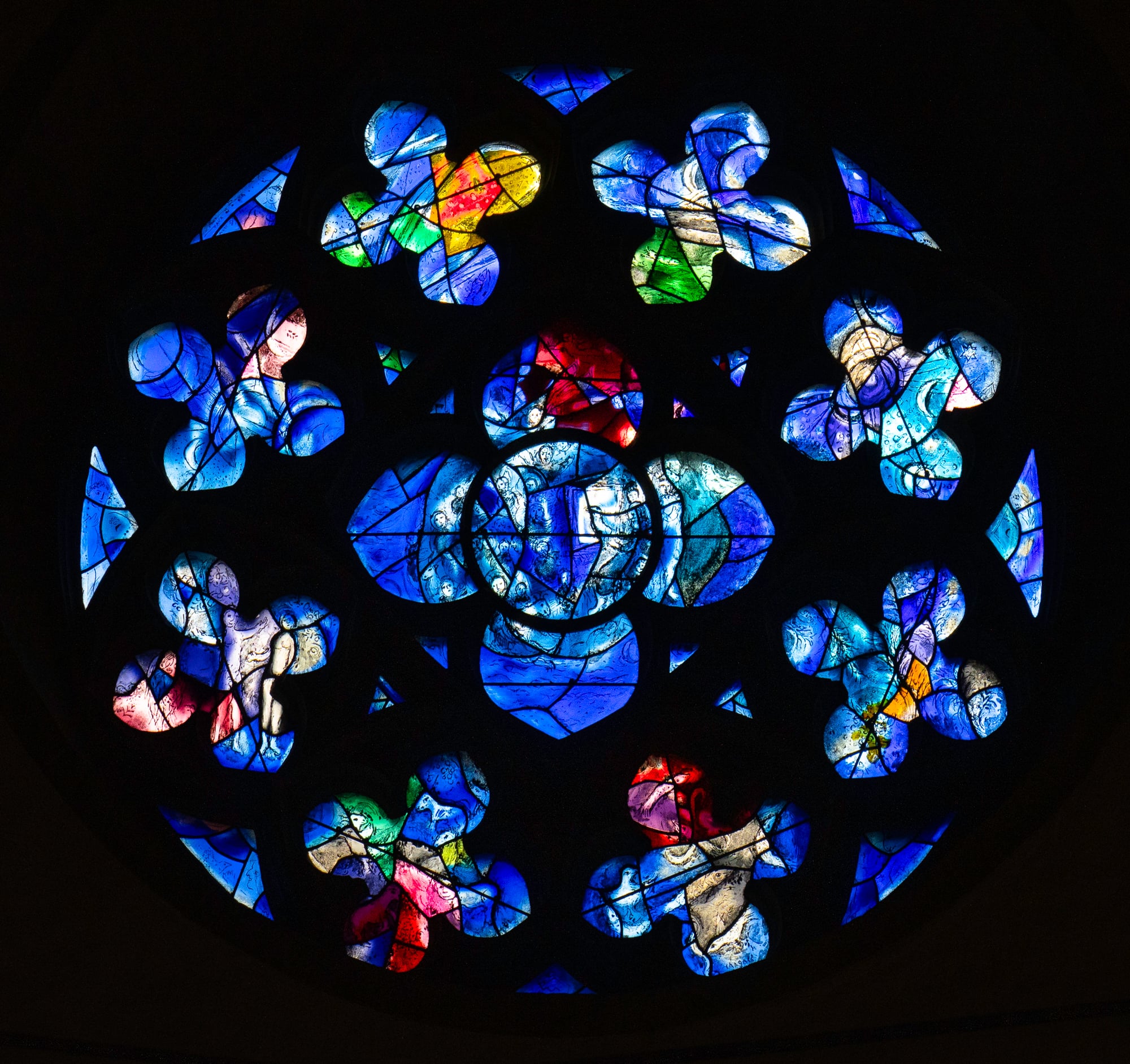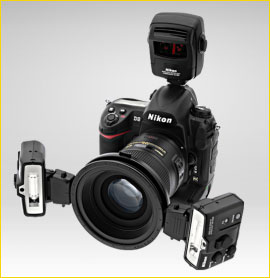
Introduced in 2006, theNikon R1C1is Nikon’s latest solution for macro (microin Nikon-speak) and close-up photography. At approximately US $650 it isn’t exactly inexpensive, but one gets a lot for the money, along with some unique features and capabilities.
In May, 2008 I had an opportunity to work with theR1C1kit for a week, and that timing coincided with a shoot in the Niagara Peninsula area of Southern Ontario where aButterfly Conservatoryis located. The occasion for the shoot was an opportunity forJeff Scheweand me to produce some fresh images for use as part of our taping of a new multi-hour video tutorial onLightroom 2.0.
I had shot there before, in 2002, when I tested theCanon MR14EX Ringlight. A brief piece onMacro photographywith Canon gear (the D30 at the time) proceeded it the year before.
As you can tell by the six year hiatus on this type of shooting and article, macro (micro) work isn’t exactly my forte, though I do enjoy doing it from time to time. When an opportunity to try Nikon’s latest flash system came up though, once again butterflies seemed like a perfect fit.
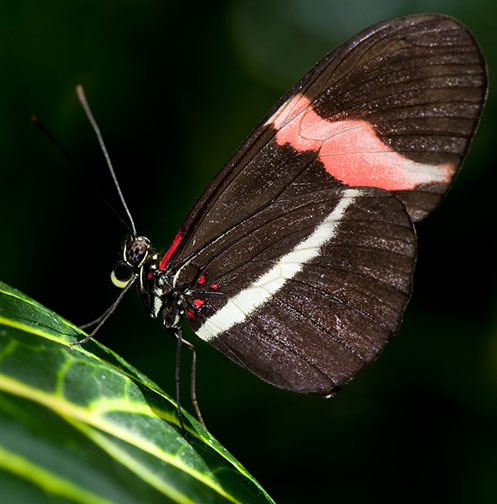
Butterfly #1 – Niagara, Ontario. May 2008
Nikon D3 with 105mm f/2.8 VR Micro Nikkor @ ISO400
with Nikon R1C1 Flash System
_________________________________________________________________________________
Nikon R1C1
The R1C1 is a kit, which comes in a fitted carrying case designed to hold all of its many components. These include two small flash guns, a wireless commander unit, a variety of lens attachment rings and adaptors, and more little bits and pieces and gizmos that one can immediately digest.
While the system may appear intimidating at first, in practice it is simple to use. The commander unit attaches to the camera’s hot shot and wirelessly triggers compatible Nikon flash units, including the two supplied SB-R200 units. These can be placed almost anywhere that they can pick up the infrared triggering signal from the commander.
Adaptor rings in a variety of common sizes (provided) allow the R200 units to be attached to the SX-1 mounting ring that goes on the lens. The R-200 units are designed so that the are articulated, and can point in various angles, including almost directly in front of the lens.
Each R-200 can be set to a different channel and each can be easily configured to a different lighting ratio. This allows for attractive subject modeling with little effort. The SX-1 rotates easily and thus hand-held shooting is possible with the lights swinging round to both horizontal and vertical positions.

Faded Butterfly – Niagara, Ontario. May 2008
Nikon D3 with 105mm f/2.8 VR Micro Nikkor @ ISO400
with Nikon R1C1 Flash System
For extreme macro work there are adaptors provided that focus the light right down to 1:1 distance, and there are provided coloured gels also provided that allow for creative effects.
My recommendation is that users purchase an additional SB-R200 flash unit. The Commander can control up to three of these, and having a third unit allows one to be used as a back light or rim light. Small stands are also provided in the kit for mounting the R-200s on any level surface.
Sometimes it’s easier to simply show a brief video of how something works, rather than go into a lengthy description, so below you will find just such a demonstration, showing the various components and how they go together as well as some footage of the R1C1 in use on location.
Michael Reichmann with the Nikon R1C1 flash system at the Niagara Butterfly Conservatory
If close-up and macro photography are your thing, and you’re a Nikon system user, the R1C1 Wireless Close-Up Speedlight System is a kit that will likely meet your needs and challenge your creativity.
June, 2008
Read this story and all the best stories on The Luminous Landscape
The author has made this story available to Luminous Landscape members only. Upgrade to get instant access to this story and other benefits available only to members.
Why choose us?
Luminous-Landscape is a membership site. Our website contains over 5300 articles on almost every topic, camera, lens and printer you can imagine. Our membership model is simple, just $2 a month ($24.00 USD a year). This $24 gains you access to a wealth of information including all our past and future video tutorials on such topics as Lightroom, Capture One, Printing, file management and dozens of interviews and travel videos.
- New Articles every few days
- All original content found nowhere else on the web
- No Pop Up Google Sense ads – Our advertisers are photo related
- Download/stream video to any device
- NEW videos monthly
- Top well-known photographer contributors
- Posts from industry leaders
- Speciality Photography Workshops
- Mobile device scalable
- Exclusive video interviews
- Special vendor offers for members
- Hands On Product reviews
- FREE – User Forum. One of the most read user forums on the internet
- Access to our community Buy and Sell pages; for members only.






